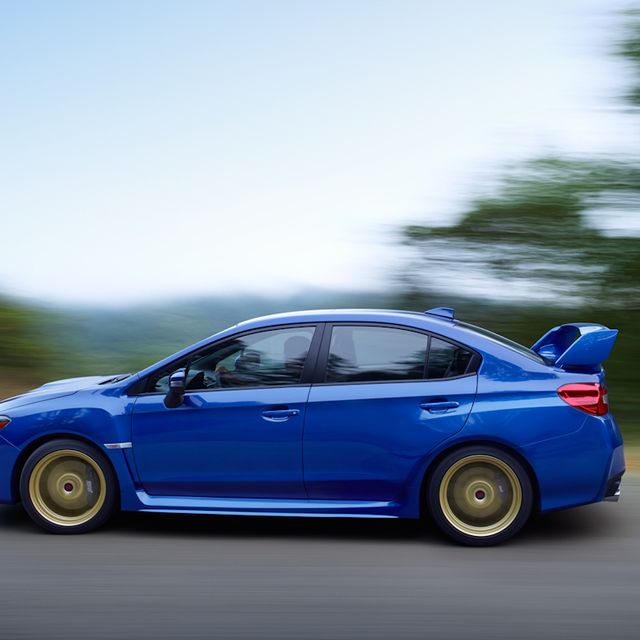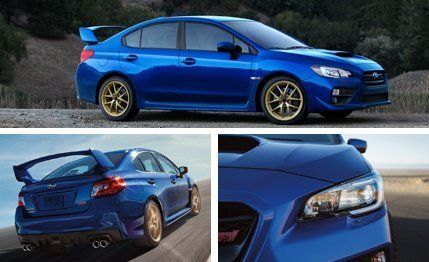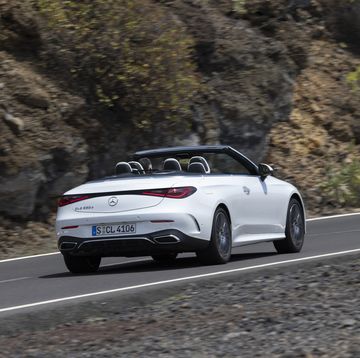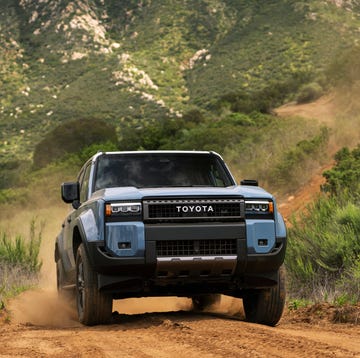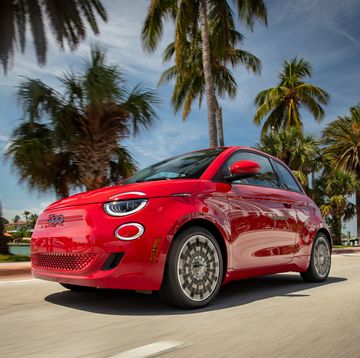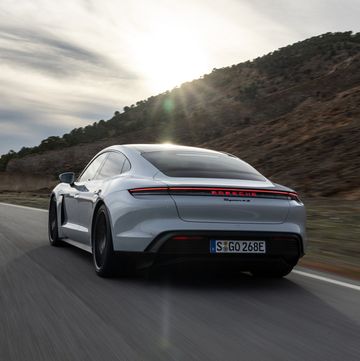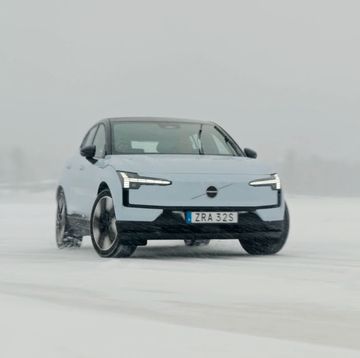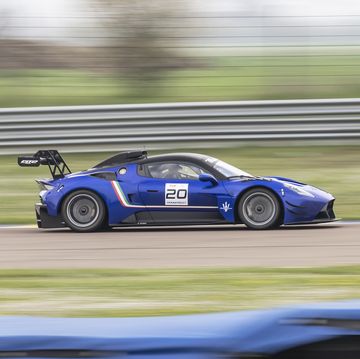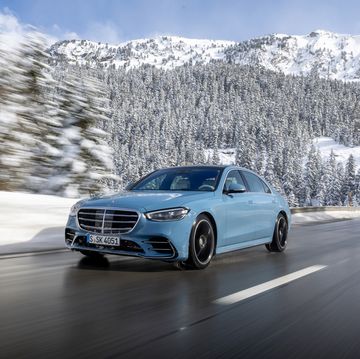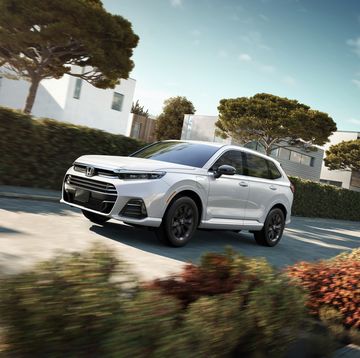Prior to the drive preview of the 2015 Subaru WRX STI in Carmel, California, the car debuted at this year’s Detroit auto show. At that point, everyone had discovered that the STI’s 2.5-liter engine would produce 305 hp at 6000 rpm—the same as the outgoing model. Armed with primarily this fact, they went on the type of warpath usually reserved for the likes of Silvio Berlusconi under cross-examination from Charlie Sheen. Typical of the frothy fury was Stevessvt’s comment in the Backfires thread for the debut story: “305 hp? What an absolute fail.”
And so, upon alighting in Eastwood Central, we cornered Masuo Takatsu, the program manager for both the WRX and STI. Said he: “I felt the STI’s weaker area was the handling side. If we didn’t have the chassis, why add more power to overwhelm it? Also, this EJ engine has proved itself in competition. It’s an engine we confidently bring to the track, [whereas] the new FA-series in the WRX has not been proven in motorsports. Plus, we knew the aftermarket could supply more power to those STI owners who demanded it.”
Japanese engineers are rarely so candid.
That There’s the Upgraded Bit—Yeah, All of It
But first let’s look at the other upgrades. The STI will be offered as a five-passenger sedan only, with a six-speed manual. It shares with the Impreza only two body panels—the rear deck and the roof—with all other panels seemingly flared or bulged or “all angered up,” as Satchel Paige might say. The car’s squinty headlamps suggest an eagle about to devour a field mouse. The cabin is more airy, thanks in part to a one-inch stretch in wheelbase that allows two bonus inches of rear legroom. Moreover, the A-pillars are narrower and have been moved inward almost eight inches; the dashboard is lower; the side sills are lower; the step-in height is lower; and the door openings are wider. It’s all very welcoming and improves forward sightlines, although vision astern is bifurcated by that Eiffel Tower of a wing. What’s more, interior surfaces are richer, including Lexus-like electroluminescent gauges, red-stitched faux-suede trim, a fat D-shaped steering wheel that Maserati would countenance, and faux-carbon-fiber bits that you’ll swear are genuine after two pints of Sapporo.
The shifter is your pal for life, with short, rifle-shot throws, complemented by clutch takeup that is quick without being abrupt or grabby. Triple-cone synchronizers abet shifts in first and second; a double-cone synchronizer serves third. Feel free to indulge in Viagra jokes at the expense of the proud-standing rear wing—88 percent of STI buyers are highly testosteronated males—although Subaru swears on a Fuji bible that the wing adds minimal drag and a bunch of downforce. In fact, Subie says the STI’s Cd has dropped from 0.363 to 0.329.
The steering rack remains hydraulically assisted, but its ratio has been quickened to 13.0:1. So precise is the steering that you can select an inch-square hunk of apex pavement and hit it lap after lap. Steering this quick should be darty, nervous, prone to kickback. That it evinces none of those traits is evidence of rigorous development. On straightaways, you can remove hands from the wheel for three seconds at a time.
